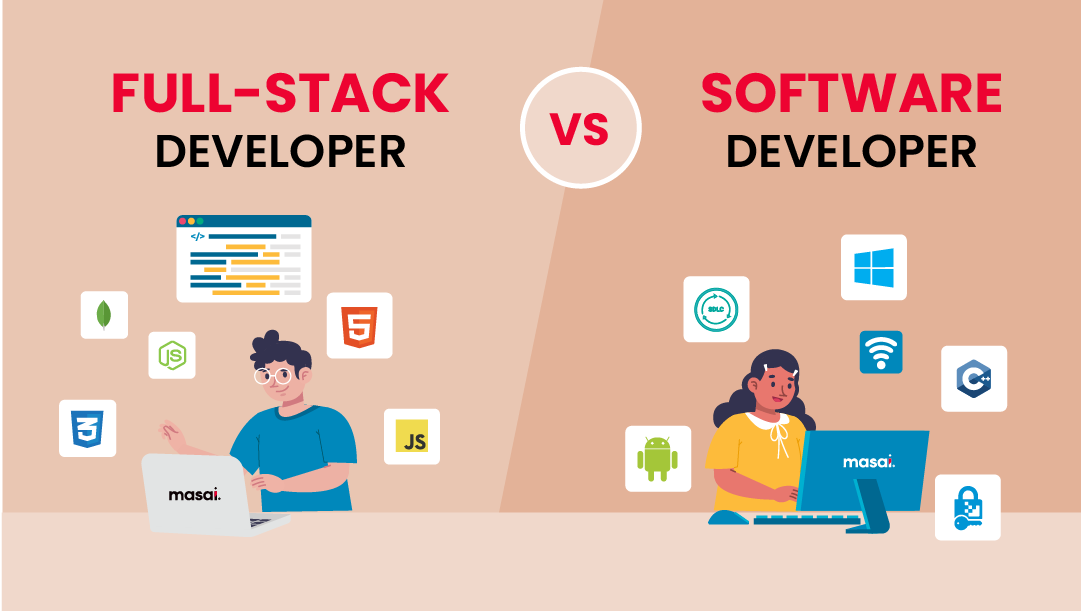Offshore Software Development: Economical Solutions for Growing Business
Dedicated Developers vs. In-House Teams: Which Is Right for You?
The choice in between making use of dedicated developers and maintaining an in-house group is a considerable one that can affect the trajectory of your projects and overall company technique. Alternatively, in-house teams contribute to a natural business culture and a nuanced understanding of long-term goals.
Comprehending Dedicated Programmers
The growing need for specialized skills in the technology market has caused the appearance of committed designers as a sensible option for several organizations. These experts are generally acquired on a task basis, enabling firms to take advantage of particular proficiency without the long-term commitment connected with permanent hires. Committed programmers are commonly ingrained within a customer's group, providing adaptability and scalability to satisfy job demands.
This design permits companies to access an international ability pool, which is specifically advantageous in a quickly evolving technical landscape. Dedicated designers can be sourced from different geographical areas, making sure that business can discover the appropriate capability at competitive rates. They typically bring a riches of experience and knowledge, having actually dealt with varied jobs across various sectors.
Moreover, specialized programmers can focus exclusively on the jobs at hand, enhancing productivity and effectiveness. They are furnished to incorporate seamlessly into existing workflows, working together very closely with internal groups to attain project objectives. This approach not only minimizes the burden of recruitment and training yet likewise permits companies to stay agile, adjusting rapidly to changing market needs and technical improvements.
Benefits of In-House Teams

Furthermore, internal groups often tend to have a deeper understanding of the business's objective, worths, and goals. This positioning can boost worker involvement and motivation, as team participants really feel much more connected to their job and the organization's success. Additionally, having a committed internal group enables far better placement of objectives and methods, as these participants are constantly concentrated on the company's concerns.
Internal teams also assist in quicker decision-making procedures, as they can react more quickly to challenges and modifications. The well-known relationships and familiarity with company procedures permit structured workflows and decreased miscommunication. Inevitably, the combination of a cohesive culture, positioning with business objectives, and effective interaction makes internal groups a valuable possession for lots of companies, especially those seeking to grow long-lasting development and advancement.
Expense Factors To Consider
When reviewing price factors to consider, both committed programmers and internal teams existing distinctive monetary ramifications for organizations. Involving committed developers commonly entails a pay-per-project or per hour rate version, which can be cost-efficient for organizations with rising and fall job demands. This approach permits for versatility in scaling resources up or down, ensuring that firms just pay for the services they require.
In contrast, in-house groups require fixed costs, consisting of salaries, advantages, and overhead costs such as office room and devices. While this model supplies higher control and immediate schedule of resources, it might cause higher lasting expenses, specifically if the workload does not warrant a full time team.
In addition, business need to consider the hidden prices associated with recruitment and training of internal staff members, which can even more stress spending plans. In some situations, the moment and resources invested in handling an internal group can diminish the organization's core service purposes.

Task Administration and Versatility
Task monitoring and versatility are essential variables that influence the selection between dedicated programmers and in-house groups. Dedicated teams often have actually weblink established processes for taking care of tasks successfully, leveraging specific methods like Agile or Scrum, which facilitate iterative progression and adaptability.

Inevitably, the selection between in-house groups and committed designers depends upon the wanted degree of versatility and the particular task monitoring demands. Companies have to examine their operational characteristics, project complexity, and resource availability mobile web app development to establish which choice aligns ideal with their calculated objectives.
Making the Right Selection
Choosing the appropriate development method-- internal groups or dedicated developers-- needs a cautious evaluation of numerous variables that align with a company's tactical objectives. Alternatively, internal groups can give better continuity and integration with existing workers.
Next, examine your budget plan. Devoted programmers usually present an economical remedy for temporary tasks, while internal groups may incur higher lasting expenses due to salaries, benefits, and expenses expenses. Examine the degree of control and partnership wanted; internal teams usually promote stronger communication and alignment with company society.
If prompt outcomes are necessary, committed designers can be onboarded rapidly, whereas building an internal team takes time for employment and training. If continuous growth is vital, spending in an internal team might yield much better returns over time.
Verdict
In verdict, the choice between internal teams and dedicated programmers pivots on job requirements and business goals. Conversely, in-house groups grow a natural society and deeper placement with long-lasting objectives.
The decision between making use of devoted developers and maintaining an internal team is a significant one that can influence the trajectory of your jobs and total company technique.Project administration and flexibility are critical variables that affect the choice in between devoted programmers and in-house groups. software development partner.In comparison, in-house groups may stand out in maintaining a constant task administration structure due to their knowledge check this site out with the organization's culture and long-term goals. Dedicated programmers typically present a cost-efficient service for temporary tasks, while internal groups might incur greater lasting costs due to wages, advantages, and expenses prices.In final thought, the choice in between committed programmers and in-house teams hinges on job needs and organizational objectives